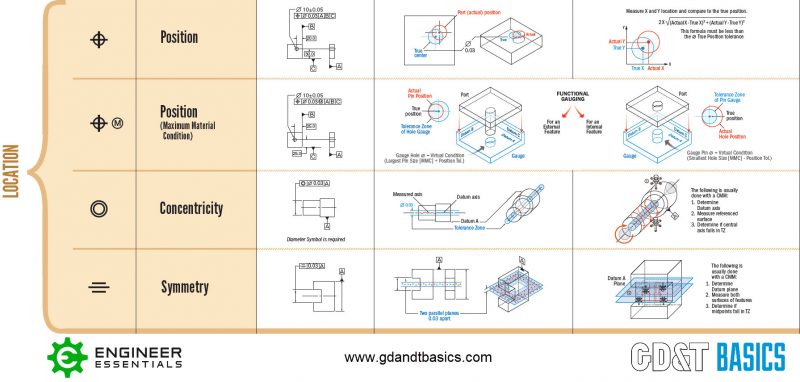

So you make the Diameter dimension, and then follow it up with a Cylindricity Dimension whose limit is the limits of size. Thanks! The best way to deal with Rule #1 is to add additional Form dimensions to your inspection.įor example, the print calls out a small size tolerance of a hole. My question was about the theoretical analysis, how to correlate form with dimension.? I work on multi-hundred-thousand dollar precision part. Because we can speak about strategy of hit points or about how to analysis Data. You are correct say that there is not an answer.

Would a high and low gage pin be acceptable or would you need to set up a bore gage? Would 4 or 6 places around be sufficient or would you check more than 6 places around and multiple levels? The same ratios of speed versus thoroughness of inspection apply to the CMM. It might help to start by thinking about what you would do if checking the feature with hand tools. A $2 widget produced by the tens of thousands is likely going to be quiet different from a multi-thousand dollar precision part. A clearance hole for a bolt is going to be a lot different than a precision bearing or high pressure sealing surface. Unfortunately there is no one simple answer to the question you pose. Tolerance of feature and any knowledge of part function and/or method be which feature was created, all factor into how many hits need to be collected and what strategy for hit placement most efficiently reveals all significant characteristics of the actual feature. The programmer must always make judgement calls based on experience and information available.
So, if you have a drawing require Asme drawing interpretation, how you'll check it? What's the way to check it easily? Use Minimum Circumscribed method of size check? (roundness error) equal to the amount the diameter departed from MMC. If the size is less than its MMC, the diameter could contain form error "Rule #1: Where only a tolerance of size is specified, the limits of size ofĪn individual feature prescribe the extent to which variations in itsįorm-as well as in its size-are allowed."Īnd specially how do you check it on CMM !?įor example: if a diameter is at MMC Condition, roundness must be 0 What you think about diameter check according to Asme y14.5 2009 Rule #1


 0 kommentar(er)
0 kommentar(er)
